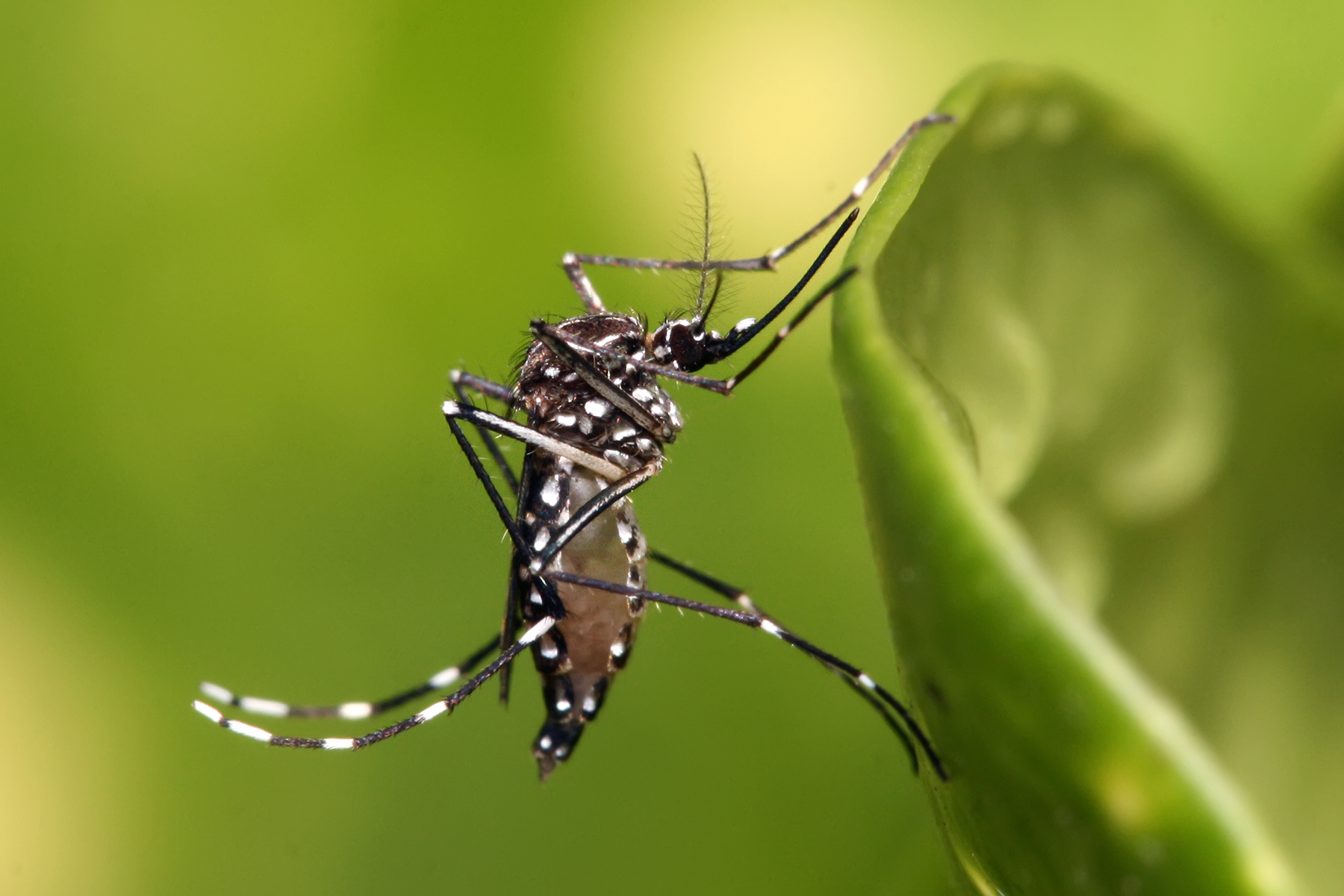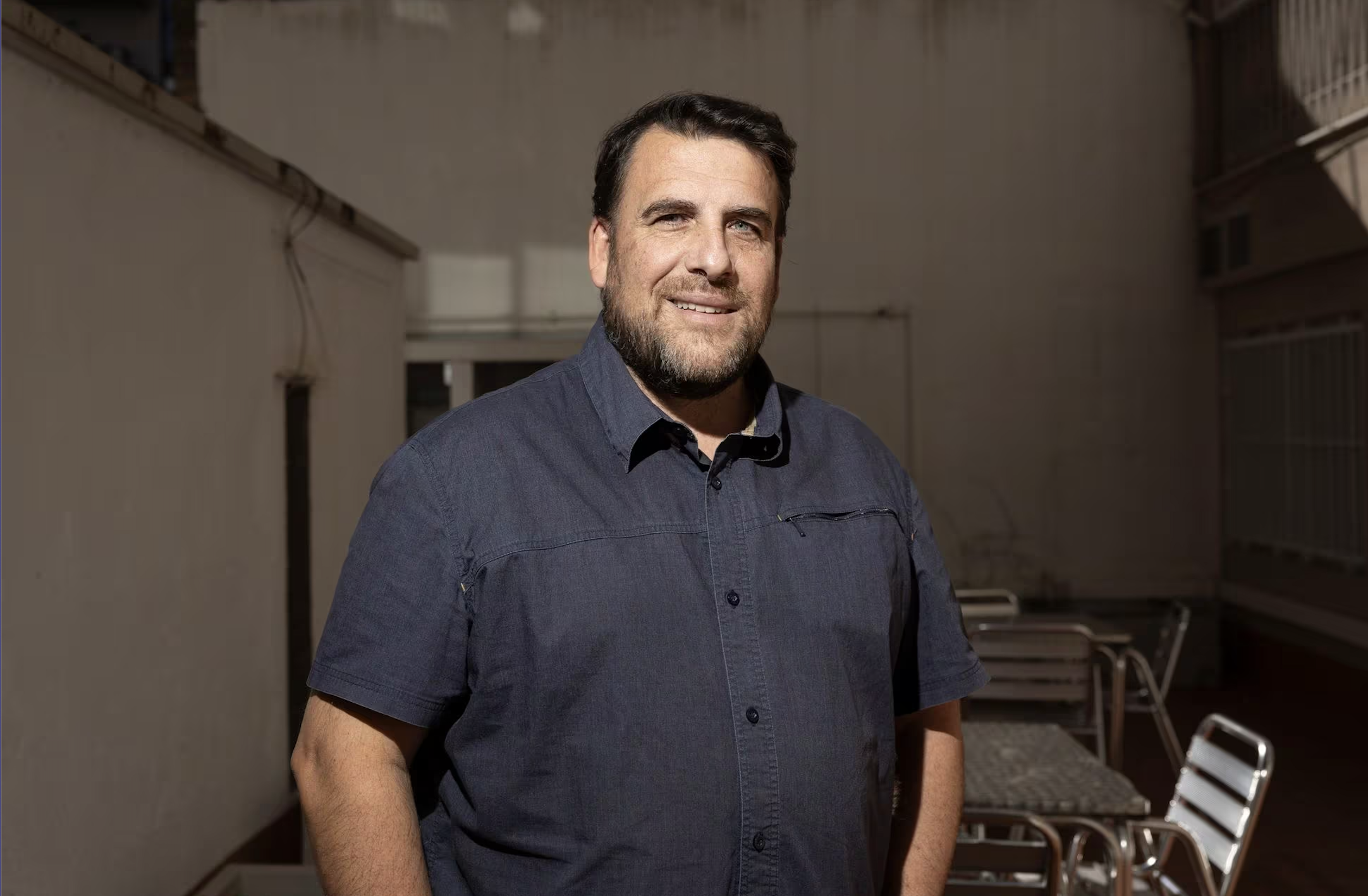Tomás Montalvo: “We can no longer avoid dengue outbreaks in Spain; the goal is to keep them from being too large”
Montalvo, in charge of Pest Control at the Public Health Agency of Barcelona and a member of the IDAlert consortium, believes it is necessary to tighten surveillance of the tiger mosquito to contain the rise of the disease. This year has seen a historic peak of dengue cases in Europe, causing local infections for the first time in locations as far north as Paris.
English summary of the original interview published on El País

Europe has witnessed a significant increase in dengue cases during the past summer, with notable outbreaks in countries such as Italy, France, and Spain. The virus, transmitted by Aedes mosquitoes, has led to fifteen outbreaks and 116 autochthonous cases, setting a historical record in modern times. Three of these outbreaks occurred in the metropolitan area of Paris, marking the northernmost occurrence of local transmission of the pathogen to date. Meanwhile, public health services in Rome have been trying to control an outbreak that has affected 32 people since early September. Malgrat de Mar (Barcelona), with two cases, has been the latest Spanish locality where the virus has surfaced. In the midst of this alarming trend, Tomás Montalvo, a biologist and head of the surveillance and pest control service at the Public Health Agency of Barcelona (ASPB), shares his perspective in a revealing interview with the Spanish newspaper El País.
Montalvo, an expert in combating species like the tiger mosquito, the dengue vector, acknowledges that Spain can no longer completely avoid dengue outbreaks. However, he emphasizes the importance of reducing their frequency and mitigating their impact. He points out that the tiger mosquito has been established in Spain since 2004, and every time an infected person returns from an endemic area, there is a possibility of local transmission if bitten during the viremia phase when the virus is present in the blood.
The biologist highlights the need for surveillance and control measures at various levels to combat the spread of dengue. From informing the population about epidemiological conditions in travel destinations to early detection and control of suspected cases, Montalvo underscores the importance of a coordinated response. Additionally, he insists on citizen involvement in eliminating mosquito breeding grounds in domestic environments as a crucial preventive measure.
The interview also addresses the tiger mosquito’s ability to transmit other diseases such as chikungunya and Zika. Montalvo warns of the possibility of outbreaks of these diseases in the future, depending on the epidemiological situation in endemic countries and the number of travelers.
Furthermore, the expert underlines the need to prevent the arrival of another mosquito, Aedes aegypti, the yellow fever vector, which could be even more efficient in disease transmission and is already spreading in areas like Turkey.
Montalvo reflected on the dengue outbreak in Paris, considered the northernmost recorded to date. When asked if this could be linked to climate change, he pointed out that while higher temperatures favor mosquito activity, other factors also play a role. He noted that the tiger mosquito, the dengue vector, expands in part through the transport of goods and people, citing studies that demonstrate that cars are a significant avenue of spread.

Regarding evidence of the role of climate change in the expansion of diseases, Montalvo mentioned that, although it is still being studied, small changes are already being observed. He pointed out the importance of recent research, such as the analysis published in the scientific journal The Lancet, examining the activity of the tiger mosquito in relation to the increase in weeks of activity, a key indicator of the impact of climate change on these populations.
He also highlighted the importance of considering the “One Health” concept, which integrates human, animal, and environmental health. Addressing the imbalances that facilitate these changes, he identified overpopulation as a key factor, with a projected increase in the world population to 10 billion by mid-century. In terms of necessary actions, Montalvo emphasized the development of comprehensive surveillance across all territories to identify and address potential risks, along with the implementation of prevention plans based on a thorough understanding of the situation.
In addition to dengue, Montalvo discussed other vector threats in Spain, such as the increase in cases of West Nile fever transmitted by the Culex pipiens mosquito. He also stressed the importance of studying other species, such as ticks and sandflies, which could be carriers of severe diseases.
For more detailed information, you can refer to the original interview on El País.


